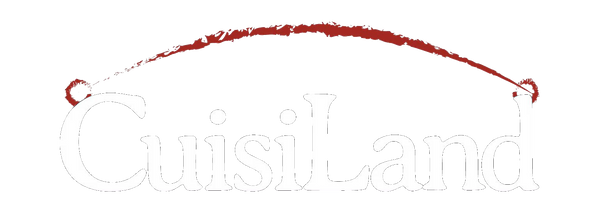Cast iron comes in a variety of shapes and sizes. Here are some of the most common, and a few uncommon options
Skillet. Also known as a frying pan, a skillet has a handle, a wide cooking surface, and low sides. It's ideal for sautéing, searing, pan frying, broil-ing, and some baking.

Grill pan. This is a skillet with raised ridges inside the pan that add the look of grill marks to cooked food. The benefit to a grill pan is that whatever you put in it isn't going to cook in its own fat or moisture. The drawback is that this pan will need to be re-seasoned more often than a flat-bottom pan, since sauces and fats pool in the grooves, requiring additional cleaning that often takes off the seasoning.

Dutch oven. A large, deep pot with a tight-fitting lid, a Dutch oven is sometimes called a cocotte or casserole dish. It can be round, oval, or heart-shaped, and some are made with legs for outdoor use. Dutch oven sizes are typically measured in quarts. The recipes in this book that serve four to six people work best in a 5-quart pot; use an 8-quart pot for larger recipes. The recipes in this book were written for seasoned, raw iron pans, but for the most part they can be made in enamelled cast iron as well. You can cook acidic foods and boil water in enamelled cast iron, which are not recommended in seasoned cast iron.

Stovetop accessories. Many stoves offer the option of a cast-iron grill or griddle, custom built to fit over an oval-shaped burner in the center of the stove top. These, too, need to be seasoned and treated the same as any other piece of cast-iron cookware.

Griddle. This is a rectangular flat surface, with grilling ridges on one side. It is designed to rest over two or more burners and is perfect for making multiple pancakes or fried eggs. The grill side is ideal for steaks, burgers, and whole vegetables.

Outdoor pots. All well-seasoned cast iron can be used outdoors, but some pots are designed specifically for grills, hearths, and campfires. They can come in sizes up to 40 gallons and typically have legs or a handle for hanging. These pots can be found online and at agricultural and farming supply stores. Enamelled cast iron should be avoided.

Specialty pans. There are a few novelty cast-iron pans on the market. The classics are the able-skiver pan (for creating the round, Danish popover-style doughnut) and the corn stick mold, but you can also find pans divided into wedges for corn bread, or in the shape of a cactus, and there's one midwestern artist making pans in the shape of all 50 states.


